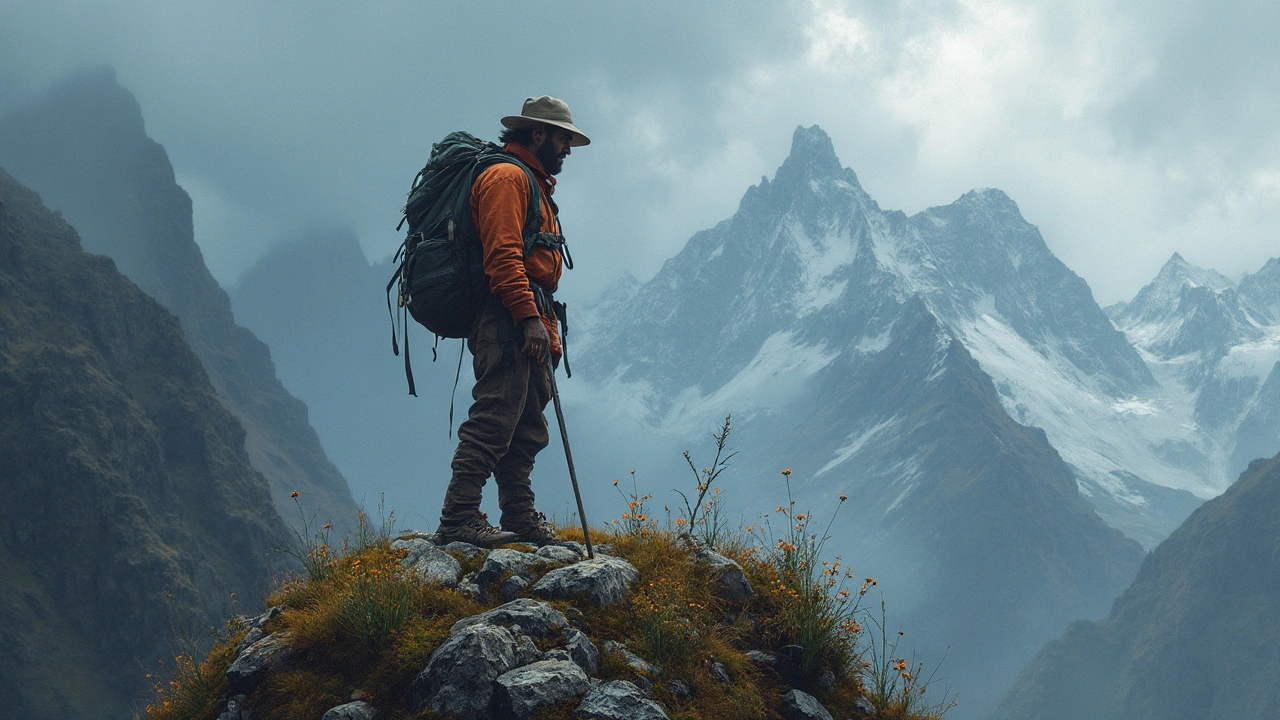SEARCH
Challenging Trekking Routes in India: Ready for the Hard Stuff?
If you love the feeling of a steep climb, thin air, and a view that makes every sore muscle worth it, you’re in the right place. India boasts a bunch of trails that push your limits, test your gear, and reward you with landscapes you’ll never forget. Below you’ll find practical advice on how to pick a route, what to pack, and how to stay safe while you’re up there.
How to Choose the Right Tough Trail
First, decide what kind of challenge you want. Do you prefer high‑altitude climbing, icy passages, or long days on rugged terrain? Your fitness level, experience, and the season all matter. If you’ve never been above 4,000 m, start with a route that stays below that and work your way up. If you’ve already done a few multi‑day hikes, try a trail that adds technical sections or requires a permit.
Next, check the logistics. Some routes need a local guide, a special permit, or a night stay in a remote village. Make sure you can line up transport to the trailhead and have a plan for emergencies. A clear itinerary helps you stay organized and reduces the stress of last‑minute changes.
Top 3 Tough Trails You Can Tackle This Year
1. Hampta Pass (Himachal Pradesh) – The trek starts at Manali and ends at Tirthan Valley, covering about 16 km of varied terrain. You’ll walk through lush valleys, cross a glacier, and finish at a high desert. Altitude peaks at 4,270 m, so a day of acclimatization in Manali is wise. Most hikers finish in 4–5 days, but you can extend it for extra side‑trips.
2. Sandakphu–Phalut (West Bengal & Sikkim) – This stretch follows the Singalila Ridge along the India‑China border. The trek is famous for panoramic views of four Himalayan peaks, including Everest. It’s a 44‑km point‑to‑point hike with two nights at Sandakphu (3,636 m) and one night at Phalut (3,600 m). Expect steep climbs, unpredictable weather, and a need for good stamina.
3. Chadar Trek (Ladakh) – Walking on a frozen river is as intense as it sounds. The trek runs 105 km along the Zanskar River, usually done in 9–12 days. Temperatures can drop to –30 °C, so layered clothing and a solid sleeping bag are non‑negotiable. A guide is mandatory, and you’ll need a permit from the local administration.
All three routes demand solid preparation, but they differ enough that you can match one to your skill set and time frame.
Gear Checklist for Hard Treks
Keep your pack light but don’t skimp on essentials. Here’s a quick list:
- Backpack: 45–60 L with a rain cover.
- Footwear: Sturdy trekking boots, broken in for at least a month.
- Clothing: Base layer, mid‑layer fleece, waterproof shell, warm hat, gloves, and extra socks.
- Sleeping system: Four‑season sleeping bag, insulated sleeping pad.
- Navigation: Map, compass, and a GPS app on your phone (offline maps saved).
- Safety: First‑aid kit, whistle, headlamp with extra batteries, and a multi‑tool.
- Nutrition: High‑calorie, lightweight foods – nuts, energy bars, dried fruits, and instant meals.
Adjust the list based on the specific trail. For icy routes like Chadar, add crampons and an ice axe. For high altitude hikes, bring a spare pair of glasses and a portable oxygen kit only if you have training on its use.
Staying Safe on the Edge
Altitude sickness is the biggest risk on tough treks. Follow the 2‑3‑5 rule: don’t ascend more than 300 m (1,000 ft) above 2,500 m, rest for two days, and keep a 5‑day buffer before descending. Hydrate, eat salty snacks, and listen to your body. If you feel a headache, nausea, or shortness of breath, stop, rest, and consider descending.
Weather can change fast in the mountains. Check the forecast a day before you start and carry a small emergency bivvy in case you get stuck. Let someone know your itinerary and check in when you reach each checkpoint.
Finally, respect the local culture. Many of these trails pass through villages that rely on tourism. Ask permission before photographing people, follow waste‑free guidelines, and support local guides and homestays.
With the right plan, gear, and mindset, a challenging trekking route can become the story you tell for years. Pick a trail that excites you, train smart, and step out into the wild. The mountains are waiting – are you ready to answer?

Hardest Place to Hike in India: Where Trekking Gets Real

Curious about the hardest place to hike in India? This article uncovers the ultimate challenge for trekkers and what makes it such an unforgiving adventure. You'll discover brutal terrains, wild weather, real-life stories, and what it takes to test your limits. We'll toss in some helpful tips and must-know facts if you're thinking about tackling India's most intimidating trek. It's everything you want to know before stepping onto the toughest trail.
Continue reading